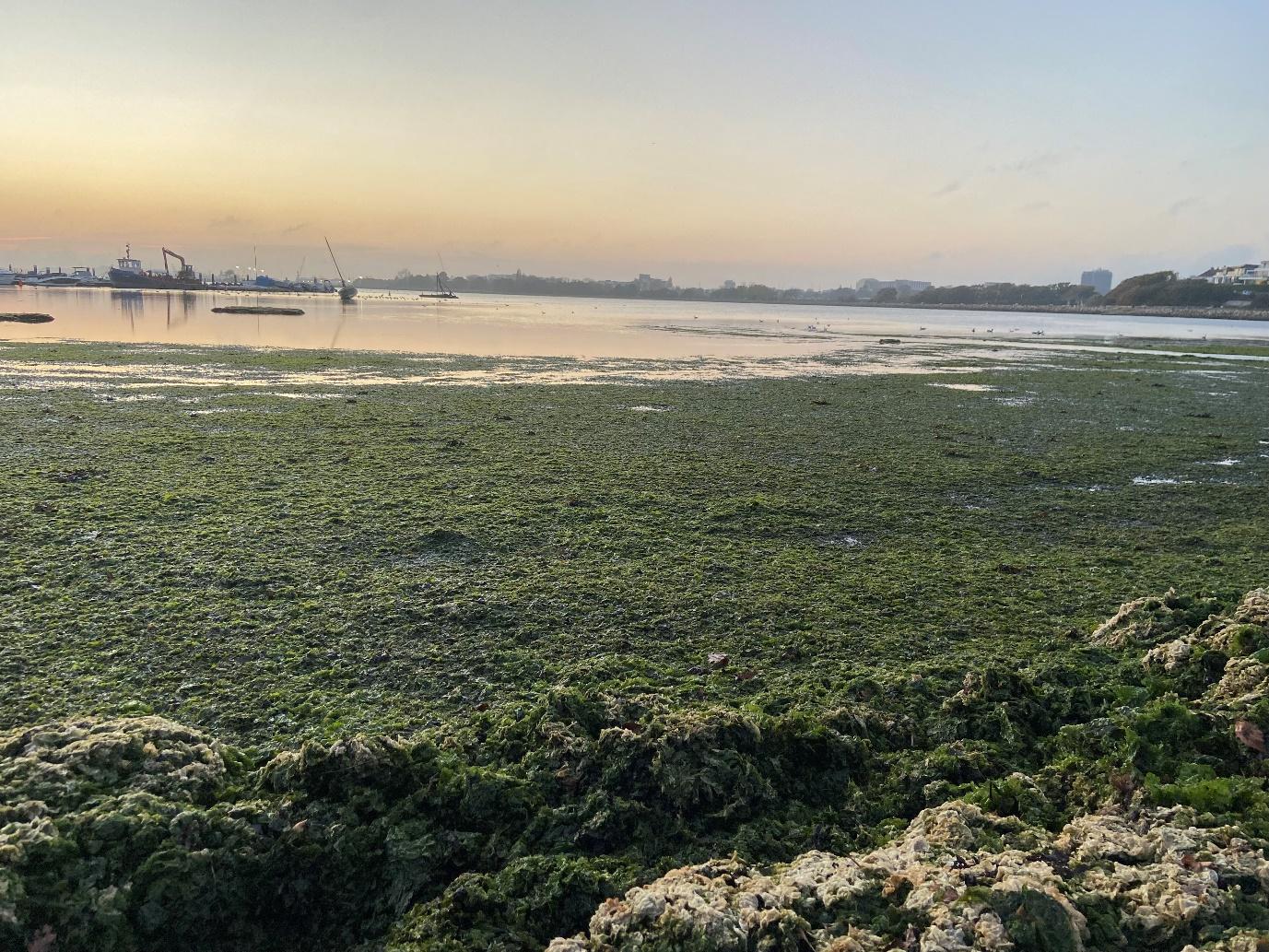Nutrient neutrality
Nutrient Neutrality hit the ecological headlines in March 2022 following an advice letter was sent to 42 local planning authorities identifying that their decisions and plans are likely to be impacting designated sites. The principle is that some designated sites under the Habitat Regulations 2017 and RAMSAR convention are in unfavourable condition in England due to the ecological response of excessive nutrients. Decision makers must ensure that new decisions will not contribute to the nutrient problem. Accompanying this advice, LPA’s were armed with a catchment specific calculator which guides users through an endorsed methodology to determine nutrient budgets of residential developments. Some LPA’s have created their own calculators for use in their respective catchments.

The basics
If a plan or project has the potential to be a source of additional nutrients, is hydrologically connected to a designated site and the relevant internationally important designated site is in unfavourable condition as a result of excessive nutrients, there is potential for an impact to the designated site as a result of the decision. Generally, designated sites which are impacted by this issue are limited by a nutrient type; Phosphorous or Nitrogen (or both). Generally, saltwater is limited by nitrogen and fresh water is limited by phosphorous but there are some sites which are limited by both. The locally endorsed nutrient calculator will tell you which nutrient you require for your site.
‘Nutrient budgets’ are the balance sheets to determine whether a project is nutrient neutral or not. Budgets are impacted by two main factors, land use change and waste water. Land use change (i.e. arable to woodland or grassland to residential development) is likely to have an impact on nutrient leaching, whether positive or negative. If your plan or project is within an area identified as being affected by nutrients, you should assume nutrient impacts to designated sites as a result of leaching are relevant. Environmental Trading Platform has the catchments which have been triggered by Natural England included in the mapping software, however, there are additional unfavourable internationally important designated sites as a result of excessive nutrients which may be brought within scope in the future.
To understand if waste water from a plan or project is relevant for a nutrient impact, consideration must be given to the methodology used to calculate the budget for the catchment. The methodologies for nutrient budgets are generally based on water use per person in residential accommodation as a proxy for the water discharged to a treatment works. The number of dwellings and standard occupation figures are used to calculate the quantity of water discharged for treatment and the efficiency of the treatment is taken into consideration to determine the nutrient budget. The methodologies and guidance identifies that if a plan or project will result in an increase in dwellings or habitable accommodation and the waste water will discharge into the catchment of an identified unfavourable designated site, nutrient neutrality applies. Water companies use pumps, so confirmation from the water company of where the mains sewer network associated with your project is treated and discharged is always needed for a robust Habitat Regulations Assessment. For example the Isle Of Wight is mostly served by a large treatment works with a long sea outfall in the English Chanel for most of the settlements within the catchment of the Solent, so nutrient neutrality is often restricted to land use change for decisions. Whereas some settlements just outside the boundary of nutrient neutrality zones may have main sewer networks which pump into the catchment restricting the nutrient neutrality to waste water only. It is not simply a matter of in or out of the mapped areas affected although it gives an indication at a high level for relevance of nutrient neutrality.
Offsetting
While reduction methods are an important stage in the mitigation hierarchy, many developments will require an offset for which there are a number of options, with varying levels of cost, lead time, yield and risk. Environmental Trading Platform recognise the need for advice and solutions in this niche industry. We offer a service for those who can’t find what they are looking for and wish to explore a bespoke opportunity with one of our industry leading experts.